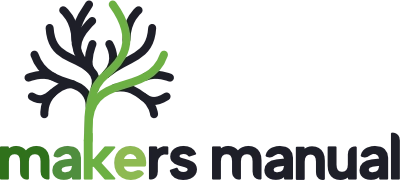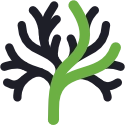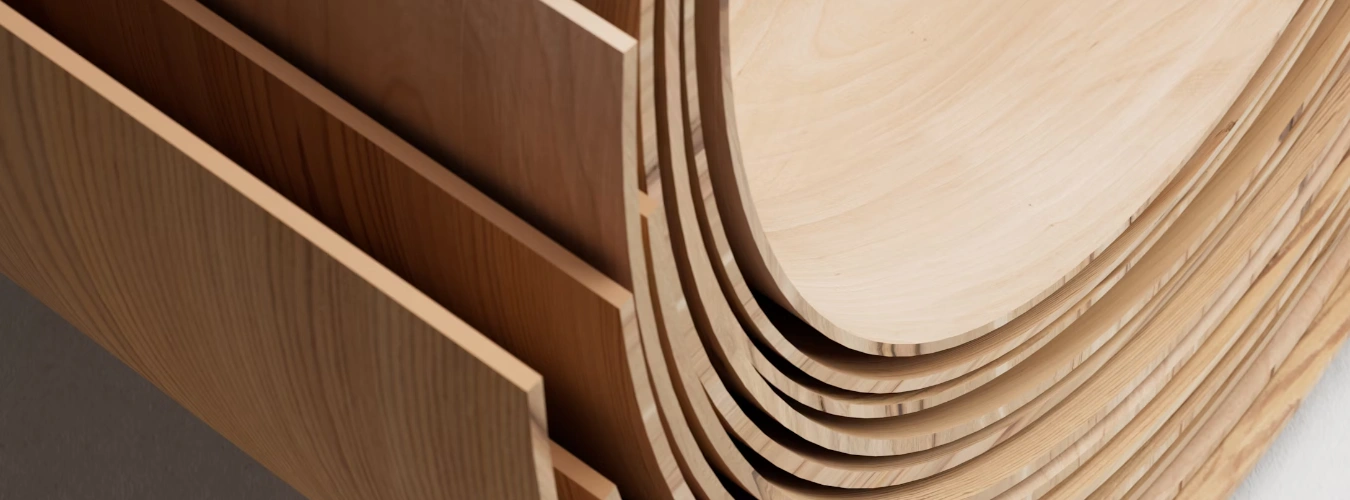
Plywood grading can be baffling, especially when you see a technical specification like this:
EN636-2 Class 2 AA/BB
However, once you understand the logic, it isn’t so hard to understand. This guide will explain how plywood is graded and what each grade means.
Surface Grades of Softwood Plywood
For softwood plywood, each sheet has two grades, one for the ‘face’ veneer and one for the ‘back’ veneer. Typically, these are graded from A (the best) to D (the worst). Although as you’ll see below, a few additional letters sneak in from time to time.
Example: Grade AB/BB would have an AB Graded face and BB Graded back.
A Grade – is the highest quality but very difficult to source. Many suppliers simply won’t even entertain stocking this grade. It is expensive, so be sure your project justifies the cost. You should expect consistent appearance with no variation in color and no defects.
E Grade (or Premium) – Frustratingly, this letter doesn’t adhere to the ABCD system. This grade is between A and AB Grade. Used more often in Europe, I think because suppliers like to complicate things.
AB Grade – Very high quality and typically the best you will be able to source. The surface will be consistent with no variation in color. There is a chance of small pin knots, but they will be no larger than a few millimeters in diameter. No repair patches are permitted.

B Grade – Still good quality and acceptable for many woodworking projects. The surface will be less consistent with some changes to color and grain pattern. There are often smooth knots around 15-35mm in diameter (depending on the countries grading rules).
S Grade (or Superior) – It is like Grade B but allows more natural characteristics and the odd well-made patch. Generally good enough for clear finishing or painting. S+ has a better face with no patches.
BR ‘Veneer’ Grade – This grade is typically used for specialist applications, usually on thinner sheets. It is like B Grade but will smaller knots that don’t exceed 7-8mm in diameter. It is also sanded to a smoother finish.
BB Grade – Generally like B Grade but allows for larger knots up to 50mm and up to 3 repairs to the face. This is not suitable for applications where the face will be seen, although can still get a good result when painted.
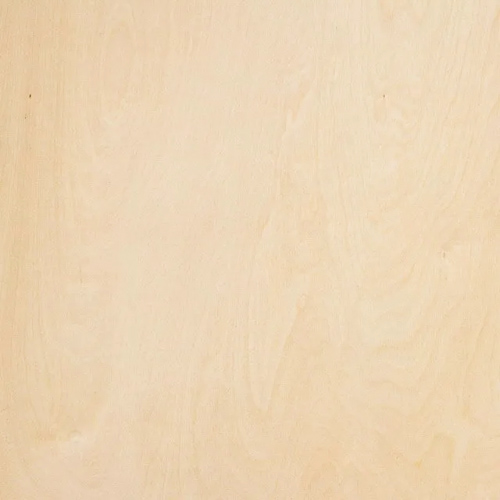
C Grade – Typically used for construction purposes where strength is important, but athletics are not. You will see discoloration, defects, splits, and open knots on the surface. Not to be used where appearance of the material matters.
CC Grade – This grade is like C Grade but will larger defects and larger repairs. This grade is often used on the ‘back’ side of plywood where appearance doesn’t matter.
CDX Grade – a inexpensive plywood made from the lowest grade veneers. Typically used for floors, walls, and ceilings in construction. The X states that the plywood can withstand some moisture exposure.

D Grade – Will have large flaws and knots up to 60mm in diameter. Only suited for rough construction applications. This will be the cheapest plywood, but best avoided for furniture making.

CP Grade – Russian Grade in between BB Grade and C. Designed for laminating, this grade allows for unlimited knots and tight splits, but limited wide splits. Note that this grade seems to vary in definition from supplier to supplier, so be wary and double check exactly what you are getting.
WG Grade – Similar to CC grade. Note that this grade seems to vary in definition from supplier to supplier, so be wary and double check exactly what you are getting.
Surface Grades of Hardwood Plywood
The grading methodology for hardwood plywood is a little different. The ‘face’ grade is still graded in letters again with A being the best and D the worst. However, the ‘back’ is graded with numbers, with 1 being the best and 4 the worst.
A1 hardwood plywood represents the best quality plywood, and D4 the lowest quality (but cheapest) plywood.
While this is the standard, some suppliers will still grade hardwood using the softwood standard, and visa versa. It’s just one of those frustrations we need to deal with as consumers.
Plywood Classes
This refers to the core veneers of the plywood and the type of bond used to bind them together. For the life of me, I can’t figure out the difference between EN314 and EN636, so I won’t pretend I know what I am talking about there.
However, the important part comes after that standard. For example, Class 1. This refers to the type of environmental conditions the ply can withstand.
Class 1 – dry conditions. Appropriate for normal interior climates (warm roofs, intermediate floors, internal timber frame walls, furniture).
Class 2 – humid conditions. Appropriate for protected external applications, or more humid internal applications (cold roofs, ground floors, external timber frame walls).
Class 3 – exterior conditions. Appropriate for areas exposed to the weather for substantial periods of time or continuous humidity.
Examples of Plywood Specifications

AB/BB 18mm (3/4”) Birch Throughout Plywood – Class 3
This is a specification from a dedicated plywood supplier, the specification tells you:
- Face Grade is AB
- Back Grade is BB and a softwood
- It is 18mm (3/4”) thick
- It is Birch Plywood that is birch on every layer
- It is suitable for exterior conditions or better
- Suitable for furniture making and woodworking
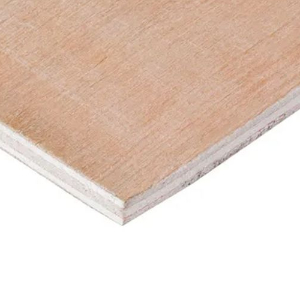
Hardwood Class 2 Plywood- 18mm (3/4”)
Graded B/BB, BS EN636-2 EN314-2 Class 2
Eucalyptus/Poplar Core
This is a specification from a lumber yard, the specification tells you:
- Face Grade is B
- Back Grade is BB
- This supplier has also not adhered to the hardwood grading standard.
- It is 18mm (3/4”) thick
- It is Hardwood Plywood though no mention of what kind of hardwood.
- It has a eucalyptus and poplar core.
- It is suitable for humid environments.
- Suitable for construction, questionable for furniture making.

Non-Structural Hardwood Plywood 18mm (3/4”)
Graded B/BB, BS EN314-2 Class 2
This is a specification from a big-box-store, the specification tells you:
- Face Grade is B
- Back Grade is BB
- This supplier has not adhered to the hardwood grading standard, as it should be graded B2. This however is a common inaccuracy that we must cope with as consumers.
- It is 18mm (3/4”) thick
- It is Hardwood Plywood though no mention of what kind of hardwood. This is common labelling when plywood is for construction and strength is more important than appearance.
- It is suitable for humid environments.
- Suitable for construction, questionable for furniture making.
If you are trying to source plywood and the full specification is not provided, then ask a member of staff. They should be able to provide it for you and let you know if it is suitable for your needs. Though it is worth noting, that when plywood is insufficiently labelled, it is probably because it is intended for construction purposes. Plywood suitable for woodworking and furniture making, can be harder to source and more expensive. But it is worth the extra time and expense to get the right stuff.
Other Things to Consider
These are maybe more specialist things to consider when looking for plywood, but can have a big impact on the appearance, strength, and suitable uses.
Cut of grain on the face – different cuts can produce very different looks. This is typically more relevant of hardwood veneered plywood. Different types of cuts include Vertical Grain, Plain Slice, Quartered, Rotary, Rift and Ribbon. For an idea on how different cuts can affect the appearance, see this article on how to choose the right cut of lumber for woodworking.
Core Material – plywood is typically sandwiched together layers of veneer; however, it can also be MDF, PB, Euro-Ply, Lumber of NAUF.
Number of Veneers – some plywood will have many more layers than other plywood of the same thickness. Generally, more layers is more stable and can be more expensive, but it may also be a problem if you need to sand the face layer and accidentally sand through the surface.
What is Marine Plywood? – Marine plywood is made from water resistant tropical hardwoods that help it better deal with moisture. It is also often better made. It has its own grading system (A-A, A-B, B-B, MDO, HDO). For woodworking it is not used and so I won’t go into more detail here. This article goes into more detail if you are interested.
What is Shuttering Plywood? – Shuttering Plywood is plywood made specifically for cement formwork. It should be more dense and have a coating on one or both sides to aid its release from the cement. Although I’ve see plywood labelled as shuttering ply when it is the cheapest plywood in the yard. You’ll need to check what your actually getting if you have this need.
